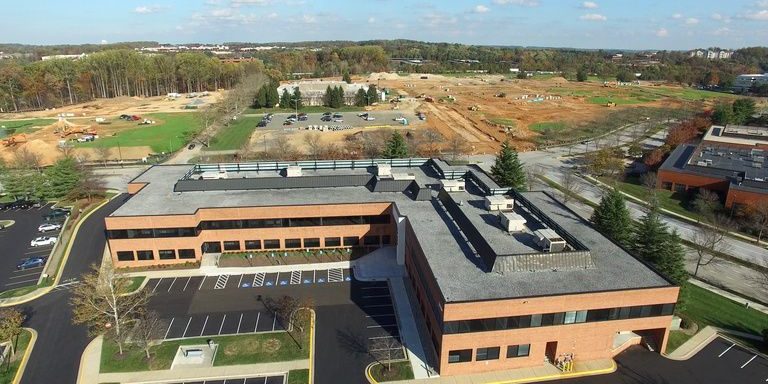
What is a Capital Needs Assessment?
Also known as a physical needs assessment or Budget Review analysis, a Capital Needs Assessment (CNA) analyzes retail, multi-family, office, or industrial building’s capital improvement needs and predicts likely repair and replacement costs over a specified period—usually 20 years.
The report provides both a cumulative, life-of-the-building cost projection and a year-by-year estimate of repair and replacement costs. This is an important tool to prevent being underfunded for certain and predictable expenses yearly.
Timing and Costs
While fees for reserve studies vary, most experts offered ballpark figures. In Frumkin’s estimation, the cost greatly depends on the size, age, complexity, and a number of amenities offered by the association. “In regards to the cost of the studies, they can range anywhere from a few thousand dollars to significantly more than that. This is based on the type of buildings and ownership as well as the age of the community. For example, the cost for a high-rise co-op with extensive mechanical equipment would be significantly higher than a townhouse community, which is a homeowners association.
Commercial Property Owners – It’s important to anticipate how a property will perform over time. For retail, multifamily, office & ind. properties: assess, plan and budget for the future.
More Information On Cost Needs Assessments (CNAs)
Capital Needs Assessments (CNAs), also known as Physical Needs Assessments, are property inspection reports that estimate the future costs of property maintenance, as well as determining the cost to repair any parts of a property that must be fixed urgently.
Regardless of the state or location, a board of directors or board of managers should take the wise approach to assure there is enough money in the association’s reserve fund. This isn’t a rainy day fund because there is no question certain big-ticket projects will come to pass. While management companies are usually excellent information resources for boards looking for budgeting answers, oftentimes it is prudent to seek the advice of experts in this niche field as they can better prepare timelines.
“In a capital needs assessment study,” notes Frumkin, “the replacement costs of the components, as well as the remaining useful lives, are calculated, but also the components that are included are determined. With that said, a capital needs assessment is generally performed soon after a community is constructed to reflect the actual “as-built” construction and to determine what all the components are. The assessments are typically updated every five years to match the general time frame used within the study,” he explains.
Sample Reports
Click on one of our sample reports below to view them.
